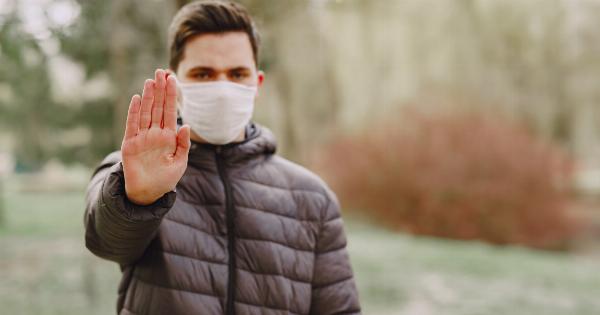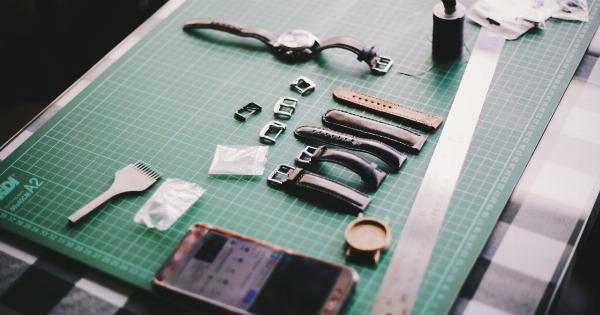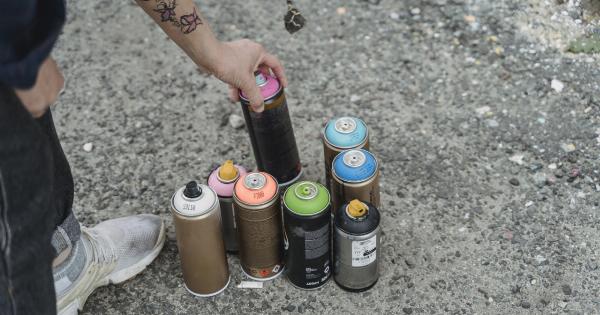The COVID-19 pandemic has made it clear how easily the virus can spread from one person to another. Preventing the spread requires understanding how it adheres, survives and spreads. Here we will discuss how the virus sticks to surfaces and individuals.
How long does the virus survive on surfaces?
Recent studies have shown that the coronavirus (SARS-CoV-2) can survive on surfaces for hours to several days depending on the material, temperature, and humidity.
According to the World Health Organization (WHO), the virus may survive on plastic and stainless steel for up to 72 hours and on copper for up to four hours, while on cardboard, the virus may remain active for up to 24 hours.
It is important to note that these rates vary depending on the environmental conditions and the concentration of the virus.
Therefore, routine disinfection of frequently touched surfaces (such as door handles, phones, and keyboards) is important to prevent the spread of the virus.
What are the ways in which the virus adheres to humans?
The virus can stick to humans through several means, including:.
Respiratory transmission
The virus primarily spreads through respiratory droplets when an infected person talks, coughs, or sneezes. These droplets can land on surfaces or on other people, leading to the transmission of the virus.
Aerosol transmission
The virus can also form aerosol particles that are smaller than 5 microns and can remain suspended in the air for long periods of time. This transmission type mostly occurs in enclosed and poorly ventilated spaces.
If an infected person talks, yells, sings, or breathes heavily, these aerosol particles can spread the virus to other people who are in close proximity.
Fomite transmission
The virus can also adhere to surfaces, leading to fomite transmission.
If someone touches a surface that an infected person has touched or has breathed on recently, they can acquire the virus through their hands and then touch their face, leading to infection.
Vertical transmission
Although it is rare, the virus can also be transmitted from the mother to her baby during pregnancy, childbirth, or breastfeeding.
How can you prevent the virus from adhering?
Preventing the spread of the virus involves taking several precautions, including:.
- Washing hands frequently and for at least 20 seconds with soap and water or using hand sanitizer that contains at least 60% alcohol in case of no access to water and soap
- Avoiding close contact with people who are sick or infected
- Wearing a mask or face shield to prevent respiratory transmission
- Disinfecting frequently touched surfaces
- Avoiding crowded and poorly ventilated spaces
- Covering the mouth and nose when coughing or sneezing with a tissue or bent elbow
The Bottom line
The COVID-19 virus can adhere to surfaces, individuals, and spreads easily through different transmission modes.
It is important to take necessary precautions to avoid exposure and spread of the virus, including social distancing, wearing masks, and proper hygiene protocols such as frequent handwashing and disinfection of frequently touched surfaces to keep ourselves and others safe.






























